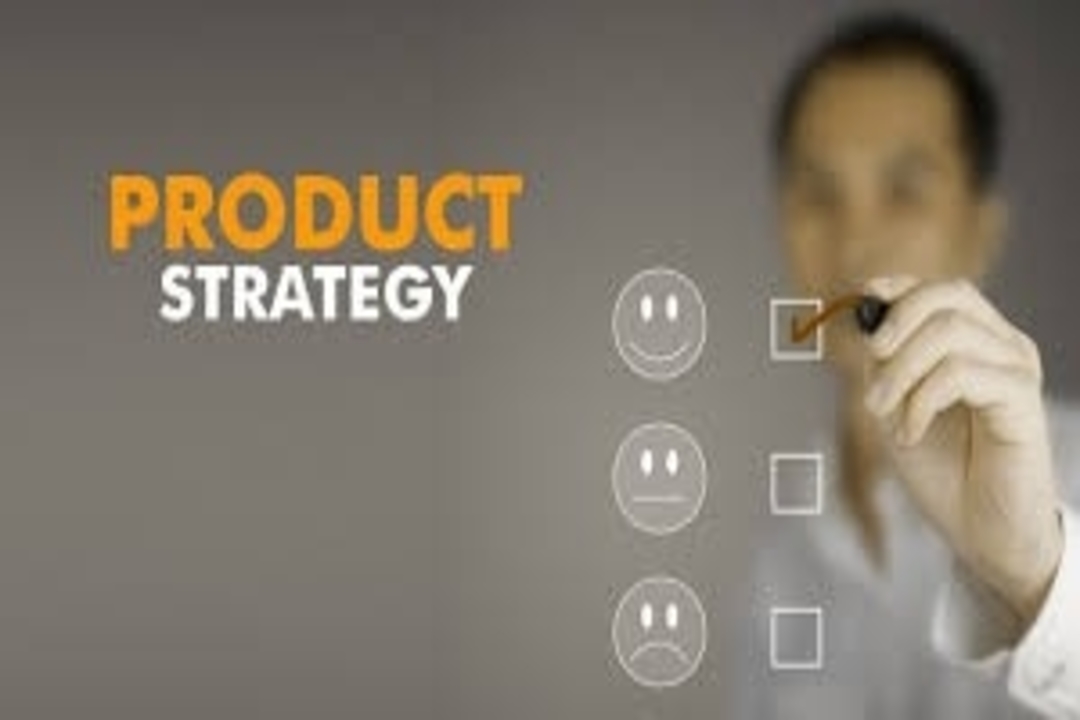Product strategy in these uncertain times

What makes for a good strategy for the business under highly uncertain environments? It is imperative for every business leader to dynamically adapt their strategies in order to weather through such trying circumstances. Although the strategies are normally determined or changed by the leadership team at an organizational level keeping in view the environment they are working in, there are a few strategies that are chalked out at a business function level as well. I would like to restrict this article to changing strategy from the product standpoint. I would like to pen down few techniques that can be used by organizations to balance the product planning with the long term uncertainty.
It is important to implement the strategy for Product design and development in such a way so as to make you product relevant in the present time, while foreseeing the direction in which the product would be heading towards to ensure they stay relevant at all times. Let’s start with understanding how a Product road-map would typically look like under such circumstances. Product Road-map is something which provides the features that needs to be incorporated at a very high-level. It provides a road-map to the product vision which organization would have determined in congruence with the strategic goals and objectives. A Product Manager needs to take cognizance of the product vision that they set out to achieve. The Product Road-map helps communicate the strategy of the product. It consists of big themes which would help product to move towards its vision and give a tentative idea on what would be built in the product. The time horizon for any product road-map typically depends on the kind of organization, the type of product and the life cycle of the product. If the product is in its early stage, then the time horizon would be too short, given there are a lot of things yet to be discovered for the product and the business it caters to. On the other hand, if the product has already spent significant amount of time in its life cycle, we may expect some maturity level achieved in the product which compels us to have a little longer time-frame. Product road-map needs to be flexible enough to allow any other features or themes which were not chalked out in the beginning.
Customer Engagement: While the product is being designed and developed in an agile way, it is imperative to engage constantly with the customer, in order to give them the holistic view on the high level items that the organization intend to develop within the product. A care needs to be taken that they are not being conceived by them as a plan or timelines for delivering those functionalities. Product road-map should not be misconstrued with the Project plan. And it also needs to be communicated that the items mentioned in a product road-map is at a high-level which would be changed as things become more certain and clear as time passes. That said, those themes should not be understood as the committed items that the organization would deliver at any cost. They are only the probable themes keeping the vision in mind. The team would break down those themes into more concrete functionalities as we move ahead with the sprints. Once all these are being aligned with the customer, they are there with you in the entire process and having customer along this way would help an organization to re-strategize their product vision and road-map based on their valuable inputs amidst the uncertainty.
Re-prioritization: As a part of the agile strategy, there would be constant re-prioritization done by the product team to ensure that the maximum value is being delivered to the customer early in the life cycle. Re-prioritization is primarily done looking at the business, market and the customer requirements. The primary goal of any product strategy would be to keep it up with the market’s trend while satisfying customers with their requirements. As a part of rolling wave planning, the distant high level themes would be broken down into the functionalities as they complete more certain and accurate features in their previous sprints. This exercise is jointly done between the product team and the other relevant internal and external stakeholders. With this exercise, the uncertainties surrounding us concerning the product would be heavily ironed out. Even the concept of MVP could be applied wherein we intend to complete those features in the sprint which would add a maximum value to the client or at least deliver a working product.
Kanban Road-map: Kanban is a popular tool which is used in agile to visualize the value stream and gives a clear indicator to all the stakeholders on the status of various work items. They are being segregated in vertical columns (namely “Done”, “In progress” and “Pending”) and based on the status of the work items, the items are kept in their respective columns and the items move into other columns as they are being worked upon. In the event of uncertainty, organization may use something called as “Kanban Road-map”. It helps product teams capture all those themes or initiatives that were thought upon for the longer term along with the work items that are being currently worked upon. It provides clear visual buckets to differentiate the two. Also it doesn’t give any commitment on those longer-term items in terms of its delivery timelines and at the same time a single view of the distant items in conjunction with the current ones.
These are a few ways using which the product team can cushion themselves from any level of uncertainty and still maintain the product road-map and hook on to its strategic vision. Leveraging a Kanban road-map would make it easier for the product team to re-prioritize the potential items and themes while implementing a broader strategy of continuous market research and customer discovery.
Thanks a lot for reading and feel free to comment.









